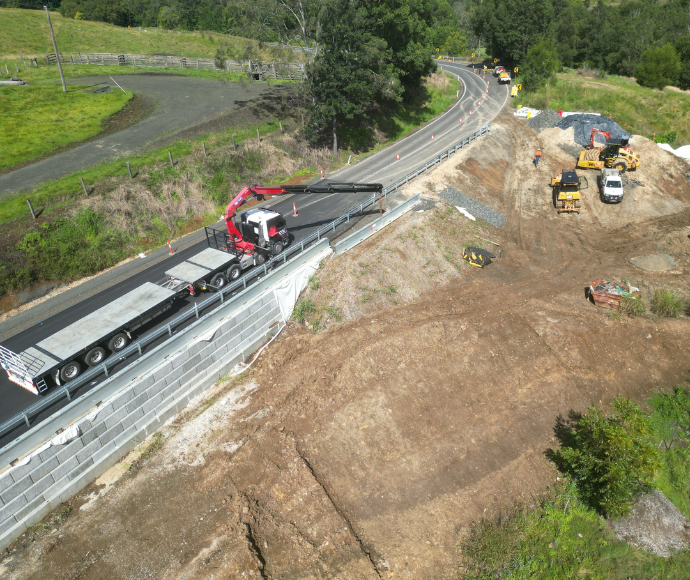The right help at the right time
The catastrophic flooding events in northern NSW may have happened over two years ago, but their effects are still being deeply felt by the communities that were impacted.
 The EPA has been providing ongoing flood recovery support with its Operational Flood Team. EPA Connect sat down with Stuart Murphy, acting Unit Head, to find out about some of the work the team has been doing.
The EPA has been providing ongoing flood recovery support with its Operational Flood Team. EPA Connect sat down with Stuart Murphy, acting Unit Head, to find out about some of the work the team has been doing.
EPA Connect
Broadly speaking, what’s been your team’s role in supporting flood recovery efforts?
Stuart
We’re an operational team of three based in Grafton and we provide environmental services and regulatory oversight in support of flood recovery efforts in Northern NSW. Seven local government areas were impacted and there’s a combined infrastructure workload of over $8 b facing state and local government. We work to help deliver the infrastructure programs and work closely with councils, contractors and other state agencies. Setting up and maintaining relationships is a very important part of our work and we engage the services of the EPA’s Stakeholder Engagement team to help. While a proportion of the infrastructure repair work is underway, the bulk of it is yet to come.
EPA Connect
What are the main goals of the team in the initial phase and how are they evolving?
Stuart
Our early objectives centred around working to understand the nature of the challenges faced by government and community in rebuilding public infrastructure. We established a network of professional relationships with key individuals and teams across the northern rivers area. We favour face-to-face meetings and site inspections over less engaging forms of communication. As the balance of our work is moving closer to implementation, we’re adjusting our goals and objectives based on what we’ve learnt from both our observations and through meaningful engagement with councils and contractors.
EPA Connect
How has the team collaborated with local government, contractors, and other stakeholders throughout this process?
Stuart
We’ve selected a ‘co-design’ process to regulate councils, contractors, and state agencies so that they actively contribute to shaping how the EPA as a regulator engages with them. We’ve been undertaking a series of 45-minute interview calls with key stakeholders centred around understanding the issues they face and discussing preferred ways of engaging with the EPA.
EPA Connect
How have these collaborations impacted your work?
Stuart
The work we’ve put into genuinely collaborating has allowed us to support the rebuilding efforts of government more efficiently. We’ve got ourselves in a position where we can provide the right help at the right time.
EPA Connect
Can you highlight any specific outcomes in terms of environmental stewardship and/or cultural heritage benefits?
Stuart
Taking a pragmatic approach to the beneficial reuse of spoil material from landslips and drain cleaning has reduced the cost of infrastructure projects while maintaining appropriate environmental controls. The benefits include reduced truck movements and opens the door for potentially improved cultural outcomes by enabling disturbed natural material to remain on Country.
EPA Connect
Looking ahead, what are the team’s regulatory measures and priorities in terms of our flood recovery efforts?
Stuart
Regulating the government’s Resilient Houses Program is a high priority considering how much asbestos is in many of the damaged houses. There is a high level of community interest in the program, and we will be present to assist in ensuring hazardous materials including asbestos is appropriately transported and disposed of.
EPA Connect
What does this work mean to you personally?
Stuart
I find solving problems rewarding and it’s great to be able to help find solutions to problems directly facing the community in my region.

